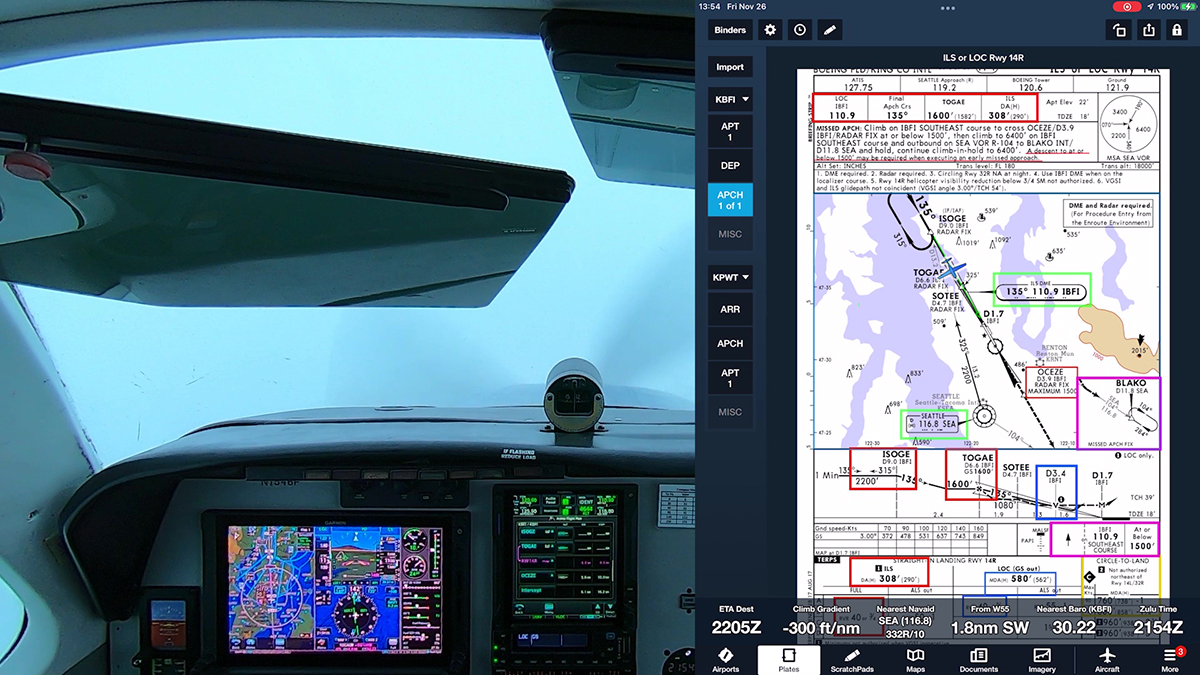As of January 30, 2020, the FAA had published 4,048 RNAV (GPS) approaches with LPV (localizer performance with vertical guidance) minimums at 1,954 airports; 1,186 of those airports are not served by an ILS. The number of LPV-capable procedures is almost three times the 1,550 approaches with Category I ILS minimums, and 2,838 of the procedures with LPV minimums serve runways without an ILS,
For the latest totals, visit the Instrument Flight Procedures (IFP) Inventory Summary and Satellite Navigation — GPS/WAAS Approaches pages at the the FAA website.
FAA.gov
This capability to fly ILS-like procedures to thousands of runways at small-town and rural airports is a boon to IFR pilots. But you must carefully prepare to fly approaches to runways that don’t have the ground infrastructure associated with an ILS–most importantly an approach lighting system and accessories such centerline and touchdown zone lighting. And keep in mind that a non-ILS runway may not be as a long as you’re accustomed to–the minimum length for a runway served by an approach with LPV minimums is just 3200 ft. (more details here).
For more information about GPS-based approaches, see Required Navigation Performance (RNP) Approaches (APCH) .
FAA.gov
For example, here’s video of the final approach segment of the RNAV (GPS) RWY 16 procedure at Chehalis, WA (KCLS) during a night approach.
As the video shows, the runway can be hard to spot. It has REILs and a PAPI, but it’s in a dark area near a river. And you must remember to activate the lights by clicking the transmit button on the CTAF as you approach the airport. (The camera makes the scene look a little darker than it really was to human eyes–but you get the idea.)

That approach has an LPV decision altitude of 476 ft MSL (300 ft. AGL). The visibility requirement is 1 sm. That’s not much greater than the 200 ft DA and 1/2 sm visibility for a typical Category 1 ILS. But the environment is vastly different than that presented by an ILS runway with its bright lights and other big-city features.


Here’s an overview of the approach lighting systems associated with ILS procedures.

Figure 9-36. Precision and nonprecision ALS configuration.
Contrast the view at KCLS with the scene at Boeing Field (KBFI) in Seattle during the final stages of an ILS approach.
Here’s an approach to runway 20 at Bremerton, WA (KPWT). KPWT is a non-towered airport, but runway 20 is served by an ILS approach, which includes an ALS.

So, regardless of the type of approach you’re flying, make sure you review and prepare for the runway environment that you’ll encounter when you break out of the clouds and go visual. It’s especially important to know which of the visual cues described by 14 CFR §91.175 Takeoff and landing under IFR will be available.



